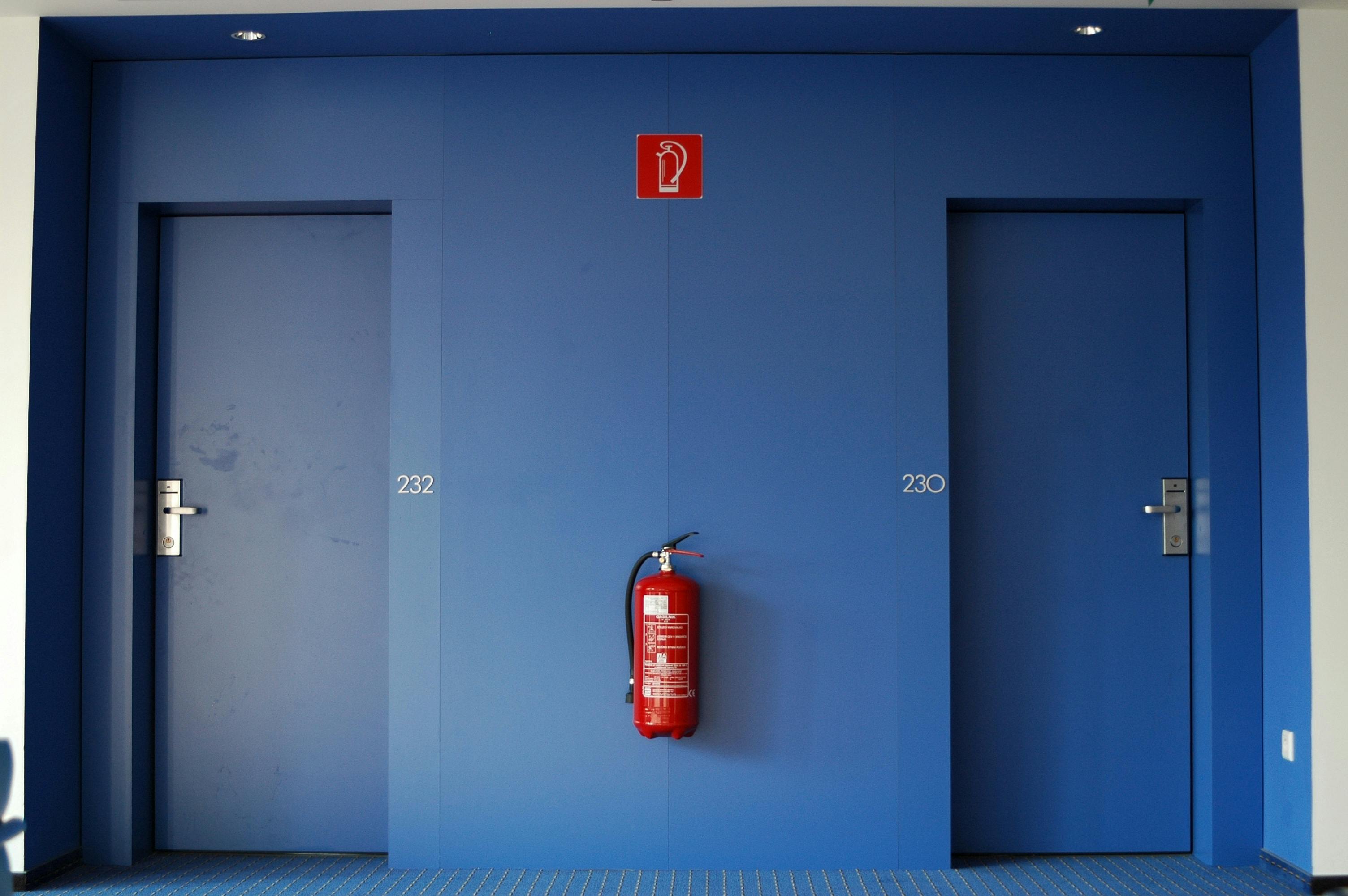Index
Receive our newsletter
Renting out a property is an excellent way to generate additional income, but there are various options when it comes to the contract duration, each with unique features and advantages for both owners and tenants. In this blog, we’ll explore the differences between short- and mid-term rentals, highlighting their main advantages, key features, and which option might best suit each owners needs.
Types of rental contracts
In the real estate market, there are several types of rental contracts, with short- and mid-term leases gaining popularity for their flexibility. Short-term rentals generally range from days to weeks (usually under a month), while mid-term rentals span periods of one to twelve months, making them ideal for people with temporary mobility needs, like expatriates, students, or professionals on medium-duration projects.
Characteristics of short-term rentals
Short-term rentals, similar to the hotel model, are the go-to option for tourists or business travelers seeking flexibility and convenience. This rental type usually spans between 1 and 30 days and is commonly managed on platforms like Airbnb or Booking.
Benefits for owners
- Higher income: with short-term rentals, daily rates are typically higher, allowing owners to earn more during peak seasons.
- Flexible property use: owners have the freedom to use their property between bookings or during off-peak periods.
- Appeal to tourists and visitors: short-term rentals often include services like cleaning and maintenance, attracting tourists who seek comfort and ease.
Considerations for owners
- High turnover and management demands: frequent tenant changes require ongoing cleaning, maintenance and guest services.
- Income variability: earnings can fluctuate with the season and demand, particularly in tourist-heavy areas.
Characteristics of mid-term rentals
Mid-term rentals fall between short- and long-term leases, typically lasting from one to twelve months, ideal for tenants needing temporary housing without the commitment of a traditional lease.
Benefits for owners
- Stable income: owners receive consistent income throughout the contract term, with no vacancy uncertainty.
- Reduced operational management: with fewer tenant changes, maintenance and administrative tasks are considerably reduced.
- Attractive to specific profiles: expat professionals, students and people on temporary assignments often seek stability and convenience, making mid-term rentals an appealing option for this demographic.
Considerations for owners
- Moderate income: while steady, the monthly rate is usually lower than short-term rentals, which may be less lucrative in high-demand areas.
- Less flexibility: unlike short-term rentals, owners cannot use the property while it is rented.
Tenant experience: short vs. mid-term rentals
Tenants also have distinct experiences with each rental type. Here’s what each option offers:
- Short-term rentals: ideal for those seeking total flexibility, especially tourists or business travelers on brief stays. These rentals often include added services (like cleaning and amenities) and allow for an experience free from long-term commitments.
- Mid-term rentals: suitable for those needing a longer temporary solution, such as relocated professionals or exchange students. Mid-term rentals offer greater comfort, allowing tenants to create a “temporary home” for the duration of their stay.
Profitability comparison: which option is right for you
Both rental types can be profitable, but the optimal choice depends on various factors:
- Location: in tourist areas, short-term rentals may yield higher returns due to visitor demand, while mid-term rentals work best in areas with strong business or educational activity.
- Season: during peak travel seasons, short-term rentals provide higher income, but in low seasons, occupancy may drop. Mid-term rentals offer steady income for the agreed period.
Choosing between short- and mid-term rentals will depend on your goals as a owner. If you aim to maximize income during specific seasons, short-term rentals are suitable, particularly in tourist destinations. However, if you prefer stability, reduced management demands, and a specific tenant profile, mid-term rentals may be the better option.
Both options provide value and benefits, allowing you to adapt your property to different tenant profiles and management styles.










